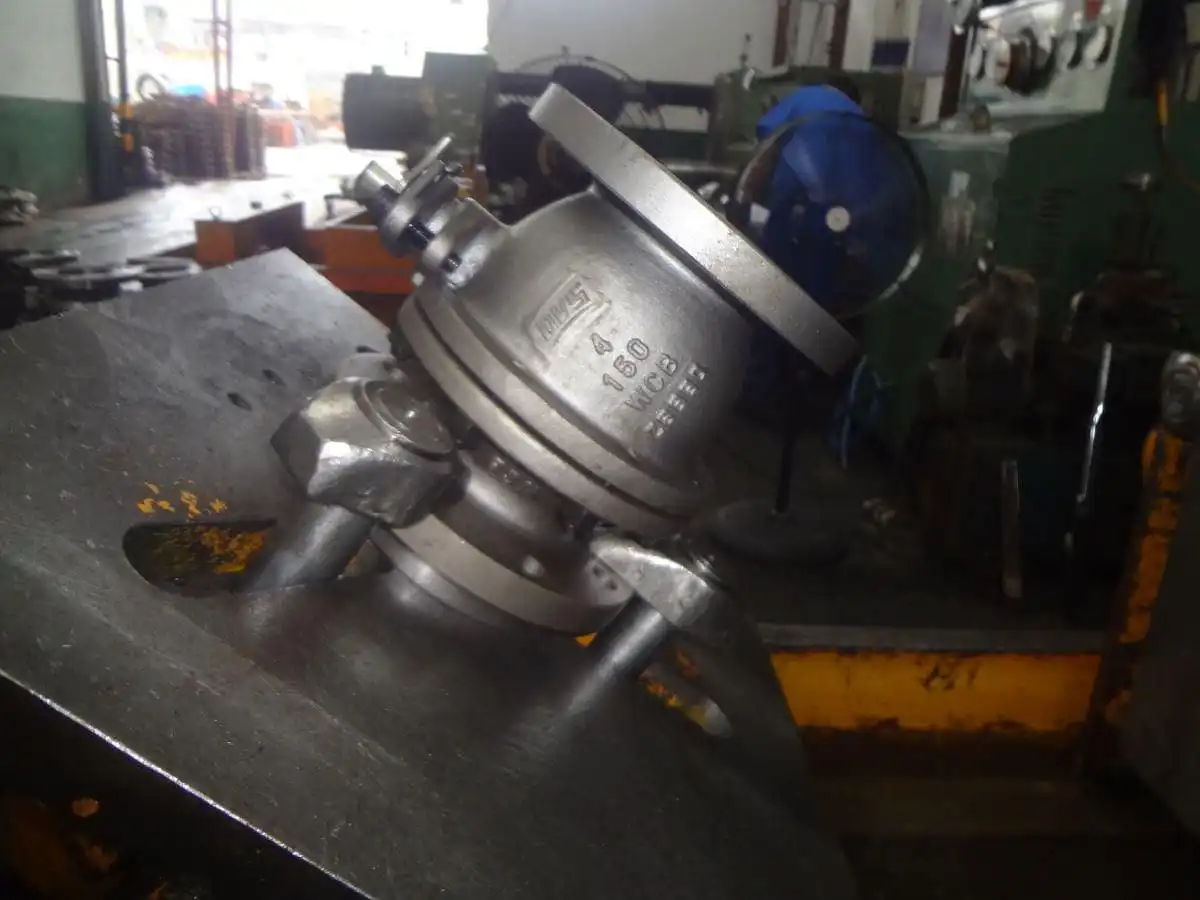The internal leakage of an electric valve generally means that when the electric valve is completely closed, there is still a medium flowing out from the outlet of the electric valve. In general, the valve is not closed tightly, and the seal is not good. The cause of the failure is usually the erosion of the medium or impurities. Even if the electric valve screw (stem) is tightened, the media can still leak due to the gap between the valve plug and the valve body.
The external leakage of an electric valve generally refers to the leakage caused by poor external sealing packing between the electric valve and the connecting flange or the connecting thread. The sealing is nottight, so that the medium flows out of the connecting sealing surface, or there is a gap between the valve stem and the gland. External leakage can also be caused by holes on the valve body blank, or by wear of the valve body due to media erosion.
The main factors affecting the dead zone of the electric valve include friction, deviation, valve shaft torsion, the dead zone of the amplifier. Various control valves are not sensitive to friction. For example, rotary valves are very sensitive to friction caused by high seat loads, so pay attention to this when using them. However, for some seal types, a high seat load is necessary to achieve a shutdown rating. In this way, the design of the valve is very poor, and it is easy to cause a large dead zone. The influence of the process deviation is obvious and decisive.

